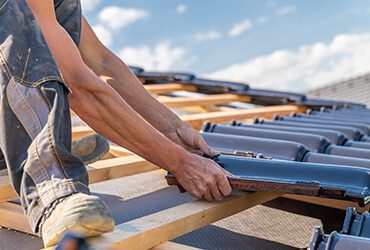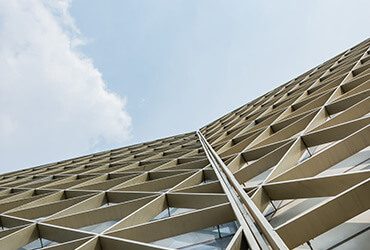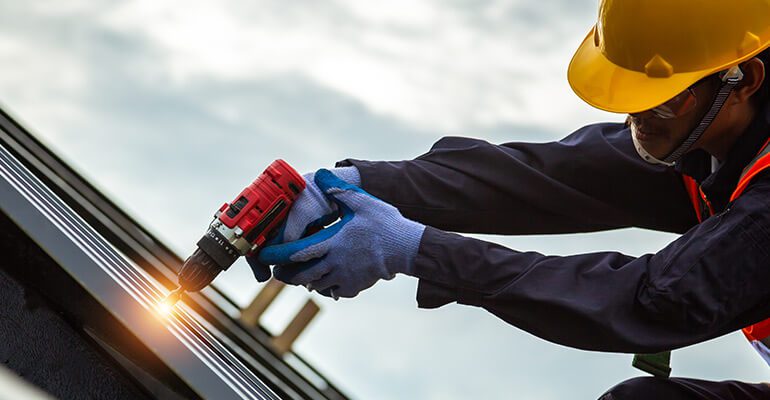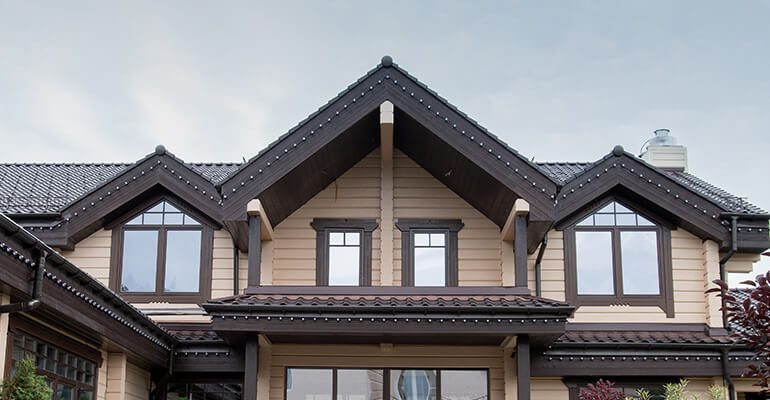Roof evaluation Facts
Roof evaluation is the process of assessing the condition of a roof in order to determine its current state and identify any potential issues or areas of concern. This is an important step for building owners and property managers to take in order to ensure the long-term health and protection of their building. In this post, we will delve into the details of roof evaluation, explaining what it is, how it is conducted, and why it is important.
Roof evaluation is the process of assessing the condition of a roof in order to determine its current state and identify any potential issues or areas of concern. It is typically conducted by a professional roofing contractor or building inspector and includes a thorough inspection of the roofing material, the condition of the decking, and the overall condition of the roof. The goal of a roof evaluation is to identify any issues that may need to be addressed in order to prolong the life of the roof and protect the building from water damage.
it is important to choose a reputable and experienced roof evaluation contractor in order to ensure a thorough and accurate assessment of the roof.
Roof evaluation is typically conducted by a professional roofing contractor or building inspector. The process typically involves a visual inspection of the roof from both the ground and the roof itself, if possible. The inspector will look for any visible signs of damage, such as missing or damaged shingles, leaks, or rot. They will also assess the condition of the decking and the overall condition of the roof. In some cases, the inspector may also use specialized equipment such as thermal imaging cameras or moisture meters to help identify any potential issues.
A typical roof evaluation will include a detailed assessment of the condition of the roof, including any visible signs of damage or wear and tear. It will also include an estimated lifespan for the roof, as well as any recommendations for repair or maintenance. In addition, the evaluation may include an assessment of the ventilation and drainage systems, as well as any other components of the roofing system that may need to be addressed.


Roof evaluation is an important step for building owners and property managers to take in order to ensure the long-term health and protection of their building. By identifying any issues with the roof early on, it is possible to address them before they become more serious and costly to fix. In addition, a roof evaluation can help to prolong the life of the roof by identifying any potential issues that may need to be addressed in order to maintain its integrity.
The frequency of roof evaluations will depend on the age and condition of the roof, as well as the climate in which the building is located. As a general rule, it is a good idea to have a roof evaluated at least once per year, particularly if the roof is older or has sustained any significant damage. In some cases, it may be necessary to have the roof evaluated more frequently, especially if the building is located in an area with harsh weather conditions or if the roof is showing signs of wear and tear.
Importance of Roofplan
Quality Materials
The quality of the materials used in a roofing project can have a significant impact on the overall performance and longevity of the roof. Poor quality materials are more likely to fail or deteriorate over time, resulting in costly repairs or even the need for a complete roof replacement. On the other hand, using high quality materials can ensure that your roof will be able to withstand the elements and provide reliable protection for your home or business.
There are several factors to consider when selecting roofing materials, including durability, weather resistance, and cost. Materials such as asphalt shingles and metal roofing are popular choices due to their durability and ability to withstand extreme weather conditions. However, it is important to consider the specific needs of your roof and choose materials that are suitable for your location and budget.
The quality of the materials used in a roofing project is an important factor to consider. By choosing high quality materials and working with a reputable company like Roofplan, you can ensure that your roof will provide reliable protection and add value to your home or business.
At Roofplan, we take the quality of our materials very seriously. We carefully select only the highest quality materials for our roofing projects, ensuring that our customers can count on their roof to provide reliable protection for years to come. We also offer a variety of materials to choose from, so our customers can find the perfect solution to meet their specific needs and budget.
In addition to using high quality materials, proper installation is also crucial to the performance of a roof. Our team of expert engineers has extensive experience in roof design and installation, and we take great care to ensure that every roof we install is done so correctly and to the highest standards.


In conclusion, the quality of the materials used in a roofing project is extremely important. Choosing high quality materials and ensuring proper installation can help to ensure that your roof will provide reliable protection for your home or business for years to come. At Roofplan, we are committed to using only the best materials and delivering top-notch installation services to our customers.
Investing in high quality roofing materials can also add value to your home or business. A well-maintained roof is an important selling point for potential buyers and can increase the overall value of your property. In addition, using high quality materials can save you money in the long run by reducing the need for costly repairs or replacements.
Balancing ventilation
Balancing ventilation is the process of ensuring that your home has the right amount of ventilation to maintain optimal conditions in the attic. Proper ventilation helps to regulate the temperature and moisture levels in your attic, preventing issues such as mold, rot, and ice dams. Here are eight key points to consider when it comes to balancing ventilation in your home.
Balancing ventilation is important for the health and efficiency of your home. Without proper ventilation, the temperature and moisture levels in your attic can become too high or too low, leading to a range of issues.
Types of ventilation: There are several different types of ventilation systems available, including static vents, wind turbines, and ridge vents. Static vents are passive ventilation systems that rely on the natural flow of air to ventilate the attic. Wind turbines are active ventilation systems that rely on the wind to turn a fan and ventilate the attic. Ridge vents are installed along the ridge of a roof and allow for the natural flow of air through the attic.
Proper maintenance is important for the longevity and effectiveness of your ventilation system. This may involve cleaning the vents regularly and checking for any damage or issues.
It’s important to choose the right size and number of ventilation systems for your home. Factors to consider include the size of your attic, the type of ventilation system being used, and the climate you live in.
Balancing the intake and exhaust of your ventilation system is important for optimal attic conditions. Intake vents, such as soffit vents, allow air to enter the attic, while exhaust vents, such as static vents or wind turbines, allow air to escape. Ensuring that the intake and exhaust vents are properly balanced can help to regulate the temperature and moisture levels in your attic.


Location: The location of your ventilation system can also impact its effectiveness. Ventilation systems should be placed in areas that allow for effective airflow, such as along the eaves or gables of the roof.
Ventilation systems are typically made from durable materials such as metal or plastic. Metal vents are known for their longevity and resistance to extreme weather, while plastic vents may be more affordable but may not be as durable.


